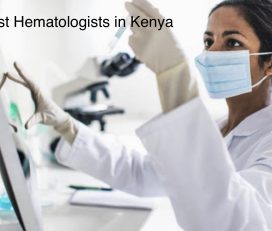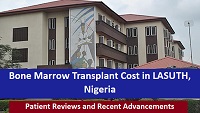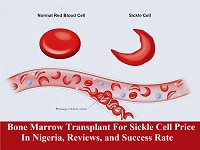
Sickle Cell Disease and Bone Marrow Transplant in Tanzania
Sickle cell disease is most prevalent in Africa. However, there aren’t many significant, comprehensive studies that give accurate descriptions of the illness spectrum. More than 11,000 kids in Tanzania are born with sickle cell disease each year. A genetic abnormality of the red blood cell’s hemoglobin molecule known as sickle cell disease is linked to significant consequences and a shorter life span. Sickle cell disease is thought to be responsible for 7% of all causes of mortality in children under the age of five in Tanzania, where it is a significant cause of under-five mortality. Between 50% and 75% of SCD-born children in Tanzania pass away before turning five. In this article, you will read about Sickle Cell Disease in Tanzania and the treatment of Sickle Cell Disease using a Bone Marrow Transplant.




